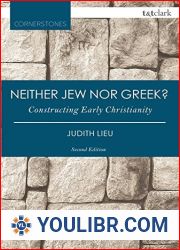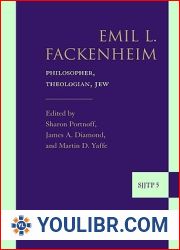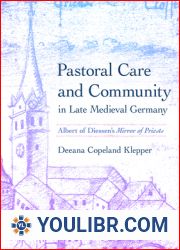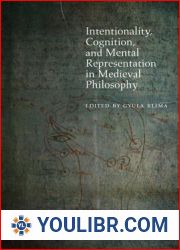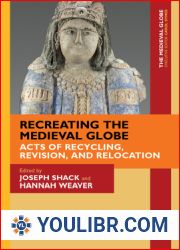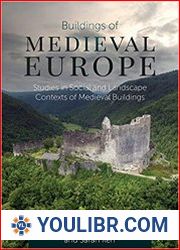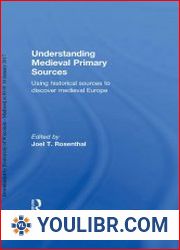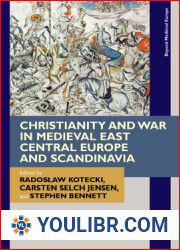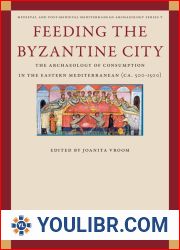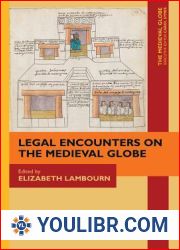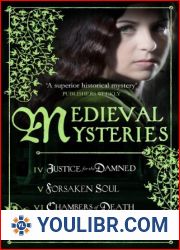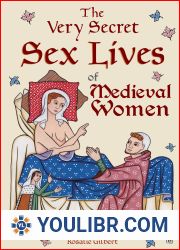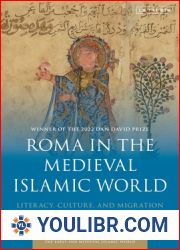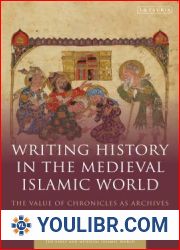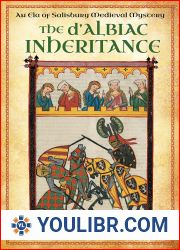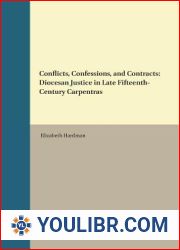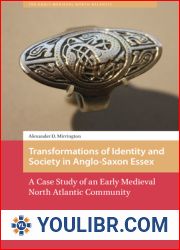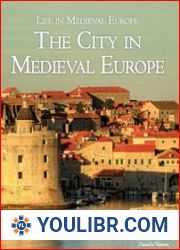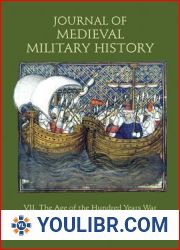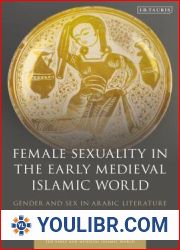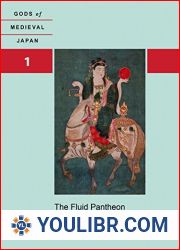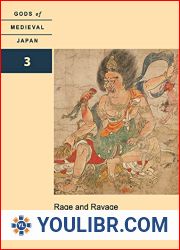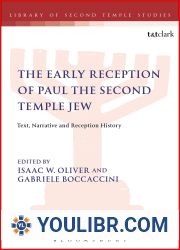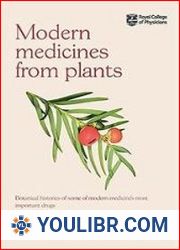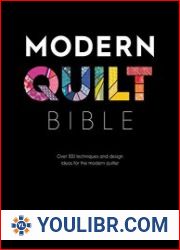
BOOKS - The Artless Jew: Medieval and Modern Affirmations and Denials of the Visual

The Artless Jew: Medieval and Modern Affirmations and Denials of the Visual
Author: Kalman P. Bland
Year: January 1, 2001
Format: PDF
File size: PDF 772 KB
Language: English

Year: January 1, 2001
Format: PDF
File size: PDF 772 KB
Language: English

The Artless Jew: Medieval and Modern Affirmations and Denials of the Visual Introduction In this groundbreaking work, Kalman Bland challenges conventional wisdom by arguing that Judaism is not inherently hostile to the visual arts, as is often assumed. Instead, he demonstrates that premodern Jewish intellectuals held a positive, liberal understanding of the Second Commandment and actively articulated a distinctly Jewish aesthetic. By examining the interplay between medieval Jewish philosophy, mysticism, poetry, biblical commentaries, and travelogues, Bland reveals the rich and diverse history of Jewish artistic expression. This study sheds light on modern ideas of Jewish art, showing how they are intimately tied to contemporary debates over Zionism, integration, and anti-Semitism. Through a rigorous historical analysis, Bland uncovers authentic Jewish traditions of painting, sculpture, and architecture, reshaping our understanding of Jewish aesthetic theory. Medieval Jewish Attitudes towards Art Bland begins by exploring the medieval period, where he discovers a surprising openness towards the visual arts among Jewish scholars. He examines the works of Maimonides, the great philosopher and physician, who wrote extensively on the role of images in Jewish worship and their potential for spiritual edification. Bland also delves into the mystical teachings of Kabbalah, which viewed the divine as present in all aspects of creation, including art. These ideas found expression in beautiful illuminated manuscripts and intricate architectural designs.
The Artless Jew: Medieval and Modern Affirmations and Denials of the Visual Introduction В этой новаторской работе Калман Бланд бросает вызов общепринятому мнению, утверждая, что иудаизм по своей природе не враждебен изобразительному искусству, как это часто предполагается. Вместо этого он демонстрирует, что досовременные еврейские интеллектуалы придерживались позитивного, либерального понимания Второй заповеди и активно формулировали отчётливо еврейскую эстетику. Исследуя взаимодействие между средневековой еврейской философией, мистикой, поэзией, библейскими комментариями и травелогами, Бланд раскрывает богатую и разнообразную историю еврейского художественного самовыражения. Это исследование проливает свет на современные идеи еврейского искусства, показывая, как они тесно связаны с современными дебатами о сионизме, интеграции и антисемитизме. С помощью тщательного исторического анализа Блэнд раскрывает подлинные еврейские традиции живописи, скульптуры и архитектуры, изменяя наше понимание еврейской эстетической теории. Средневековое еврейское отношение к искусству Бланд начинает с исследования средневекового периода, где он обнаруживает удивительную открытость к изобразительному искусству среди еврейских учёных. Он рассматривает труды Маймонида, великого философа и врача, который много писал о роли изображений в иудейском богослужении и их потенциале для духовного назидания. Бланд также углубляется в мистические учения Каббалы, которая рассматривала божественное как присутствующее во всех аспектах творения, включая арт. эти идеи нашли выражение в красивых иллюминированных рукописях и замысловатых архитектурных конструкциях.
The Artless Jew : Medieval and Modern Affirments and Denials of the Visual Introduction Dans ce travail novateur, Kalman Bland récuse l'opinion populaire en affirmant que le judaïsme n'est pas par nature hostile aux arts visuels, comme on le suppose souvent. Au lieu de cela, il démontre que les intellectuels juifs pré-modernes ont maintenu une compréhension positive et libérale du Second Commandement et ont activement formulé une esthétique juive claire. En explorant l'interaction entre la philosophie juive médiévale, la mystique, la poésie, les commentaires bibliques et les travelogues, Bland révèle une histoire riche et variée de l'expression artistique juive. Cette étude met en lumière les idées contemporaines de l'art juif, montrant comment elles sont étroitement liées au débat moderne sur le sionisme, l'intégration et l'antisémitisme. Par une analyse historique minutieuse, Bland révèle les traditions juives authentiques de la peinture, de la sculpture et de l'architecture, modifiant notre compréhension de la théorie esthétique juive. L'attitude juive médiévale envers l'art de Bland commence par une étude de la période médiévale, où il découvre une ouverture étonnante aux arts visuels parmi les scientifiques juifs. Il examine les œuvres de Maïmonide, un grand philosophe et médecin qui a beaucoup écrit sur le rôle des images dans le service divin juif et leur potentiel pour l'édification spirituelle. Bland approfondit également les enseignements mystiques de la Kabbale, qui considérait le divin comme présent dans tous les aspects de la création, y compris l'art. Ces idées ont trouvé leur expression dans de beaux manuscrits illuminés et des constructions architecturales complexes.
The Artless Jew: Medieval and Modern Affirmations and Denials of the Visual Introduction En esta obra pionera, Kalman Bland desafía la opinión generalmente aceptada, argumentando que el judaísmo por naturaleza no es hostil a las artes visuales, como a menudo se supone. En cambio, demuestra que los intelectuales judíos pre-judíos se adhirieron a una comprensión positiva y liberal del Segundo Mandamiento y formularon activamente una estética claramente judía. Explorando la interacción entre la filosofía judía medieval, la mística, la poesía, los comentarios bíblicos y los travelogs, Bland revela la rica y variada historia de la expresión artística judía. Este estudio arroja luz sobre las ideas contemporáneas del arte judío, mostrando cómo están estrechamente relacionadas con el debate contemporáneo sobre el sionismo, la integración y el antisemitismo. A través de un cuidadoso análisis histórico, Bland revela auténticas tradiciones judías de pintura, escultura y arquitectura, cambiando nuestra comprensión de la teoría estética judía. Bland comienza su relación judía medieval con el arte investigando el período medieval, donde descubre una sorprendente apertura a las artes visuales entre los estudiosos judíos. Examina las obras de Maimónides, un gran filósofo y médico que escribió extensamente sobre el papel de las imágenes en el culto judío y su potencial para la edificación espiritual. Bland también profundiza en las enseñanzas místicas de Kabbala, que veía lo divino como presente en todos los aspectos de la creación, incluyendo el arte. Estas ideas han encontrado expresión en hermosos manuscritos iluminados y intrincadas construcciones arquitectónicas.
The Artless Jew: Medieval and Modern Affirmations and Denials of the Visual Intrusion Neste trabalho inovador, Kalman Bland desafia a opinião convencional ao afirmar que o judaísmo não é, por sua natureza, hostil às artes visuais, como muitas vezes se supõe. Em vez disso, demonstra que os intelectuais judeus de antemão aderiram à compreensão positiva e liberal do Segundo Mandamento e formularam ativamente a estética judaica. Ao explorar a interação entre a filosofia judaica medieval, a mística, a poesia, os comentários bíblicos e os travelogios, Bland revela a rica e variada história da expressão artística judaica. Este estudo lança luz sobre as ideias modernas da arte judaica, mostrando como elas estão intimamente ligadas ao debate contemporâneo sobre sionismo, integração e antissemitismo. Através de uma análise histórica cuidadosa, Bland revela as verdadeiras tradições judaicas de pintura, escultura e arquitetura, mudando nossa compreensão da teoria estética judaica. A atitude judaica medieval da arte de Bland começa por explorar o período medieval, onde revela uma incrível abertura às artes visuais entre os cientistas judeus. Ele aborda o trabalho de Maimonid, um grande filósofo e médico que escreveu muito sobre o papel das imagens no culto judaico e o seu potencial para o engajamento espiritual. Bland também se aprofundou nos ensinamentos místicos de Cabala, que considerava o divino presente em todos os aspectos da criação, incluindo as artes.
The Artless Jew: Medieval and Modern Affirmations and Denials of the Visual Introduction In questo lavoro innovativo, Kalman Bland sfida l'opinione comune sostenendo che l'ebraismo non è per natura ostile alle arti rappresentative, come spesso si suppone. Invece, dimostra che gli intellettuali ebrei a lungo termine si sono attenuti alla comprensione positiva e liberale del Secondo Comandamento e hanno elaborato attivamente l'estetica ebraica. Esplorando l'interazione tra filosofia ebraica medievale, mistica, poesia, commenti biblici e erboristi, Bland rivela la ricca e variegata storia dell'espressione artistica ebraica. Questo studio mette in luce le idee moderne dell'arte ebraica, dimostrando quanto siano strettamente legate al dibattito contemporaneo sul sionismo, l'integrazione e l'antisemitismo. Attraverso un'attenta analisi storica, Bland rivela le autentiche tradizioni ebraiche di pittura, scultura e architettura, modificando la nostra comprensione della teoria estetica ebraica. Il rapporto ebraico medievale con l'arte Bland inizia esplorando il periodo medievale, dove scopre una straordinaria apertura alle arti visive tra gli scienziati ebrei. Egli considera le opere di Maimonide, un grande filosofo e medico che ha scritto molto sul ruolo delle immagini nel servizio divino ebraico e le loro potenzialità per la ricerca spirituale. Bland approfondisce anche gli insegnamenti mistici della Cabala, che considerava il divino presente in tutti gli aspetti della creazione, comprese le arti. Queste idee trovarono espressione in bellissimi manoscritti illuminati e progettuali.
The Artless Jew: Medieval and Modern Affirmations and Denials of the Visual Introduction In diesem bahnbrechenden Werk stellt Kalman Bland die gängige Meinung in Frage und argumentiert, dass das Judentum von Natur aus nicht feindlich gegenüber der bildenden Kunst ist, wie oft angenommen wird. Stattdessen zeigt er, dass vormoderne jüdische Intellektuelle ein positives, liberales Verständnis des Zweiten Gebotes hatten und aktiv eine deutlich jüdische Ästhetik formulierten. Durch die Untersuchung des Wechselspiels zwischen mittelalterlicher jüdischer Philosophie, Mystik, Poesie, biblischen Kommentaren und Reiseberichten enthüllt Bland die reiche und vielfältige Geschichte des jüdischen künstlerischen Ausdrucks. Diese Studie beleuchtet zeitgenössische Ideen jüdischer Kunst und zeigt, wie eng sie mit zeitgenössischen Debatten über Zionismus, Integration und Antisemitismus verbunden sind. Durch eine sorgfältige historische Analyse enthüllt Bland die authentischen jüdischen Traditionen der Malerei, Skulptur und Architektur und verändert unser Verständnis der jüdischen ästhetischen Theorie. Die mittelalterliche jüdische Einstellung zur Kunst beginnt Bland mit einer Untersuchung des Mittelalters, wo er eine erstaunliche Offenheit für die bildende Kunst unter jüdischen Gelehrten entdeckt. Er untersucht die Schriften von Maimonides, einem großen Philosophen und Arzt, der ausführlich über die Rolle der Bilder im jüdischen Gottesdienst und ihr Potenzial für spirituelle Erbauung geschrieben hat. Bland geht auch tiefer in die mystischen hren der Kabbala, die das Göttliche in allen Aspekten der Schöpfung, einschließlich der Kunst, als gegenwärtig ansah. Diese Ideen fanden ihren Ausdruck in schönen illuminierten Manuskripten und komplizierten architektonischen Konstruktionen.
''
The Artless Jew: Medieval and Modern Affirmations and Denials of the Visual Introduction Bu çığır açan çalışmada Kalman Bland, Yahudiliğin genellikle varsayıldığı gibi görsel sanatlara doğası gereği düşman olmadığını savunarak geleneksel bilgeliğe meydan okuyor. Bunun yerine, modern öncesi Yahudi entelektüellerinin İkinci Emir'in olumlu, liberal bir anlayışına bağlı kaldıklarını ve belirgin bir Yahudi estetiğini aktif olarak formüle ettiklerini gösteriyor. Ortaçağ Yahudi felsefesi, mistisizm, şiir, İncil yorumu ve seyahatnameler arasındaki etkileşimi araştıran Bland, Yahudi sanatsal ifadesinin zengin ve çeşitli bir tarihini ortaya koyuyor. Bu çalışma, Yahudi sanatının çağdaş fikirlerine ışık tutmakta ve yonizm, entegrasyon ve antisemitizm hakkındaki çağdaş tartışmalarla nasıl yakından ilişkili olduklarını göstermektedir. Dikkatli bir tarihsel analiz ile Bland, Yahudi estetik teorisi anlayışımızı değiştirerek otantik Yahudi resim, heykel ve mimari geleneklerini ortaya koyuyor. Bland, Orta Çağ Yahudilerinin sanata karşı tutumuna Orta Çağ dönemini inceleyerek başlar ve burada Yahudi bilginler arasında güzel sanatlara inanılmaz bir açıklık keşfeder. Büyük bir filozof ve hekim olan Maimonides'in, Yahudi ibadetinde imgelerin rolü ve ruhsal gelişim potansiyelleri üzerine kapsamlı bir şekilde yazdığı yazılarını gözden geçirir. Bland ayrıca, sanat da dahil olmak üzere yaratılışın tüm yönlerinde ilahi olanı gören Kabala'nın mistik öğretilerini de inceler. Bu fikirler güzel aydınlatılmış el yazmalarında ve karmaşık mimari tasarımlarda ifade buldu.
اليهودي الطائش: تأكيدات العصور الوسطى والحديثة وإنكار المقدمة المرئية في هذا العمل الرائد، يتحدى كالمان بلاند الحكمة التقليدية من خلال القول بأن اليهودية ليست معادية بطبيعتها للفنون البصرية، كما يُفترض غالبًا. بدلاً من ذلك، يوضح أن المثقفين اليهود قبل العصر الحديث التزموا بفهم إيجابي ليبرالي للوصية الثانية وصاغوا بنشاط جمالية يهودية مميزة. من خلال استكشاف التفاعل بين الفلسفة اليهودية في العصور الوسطى والتصوف والشعر والتعليق التوراتي ورحلات السفر، يكشف بلاند عن تاريخ غني ومتنوع للتعبير الفني اليهودي. تلقي هذه الدراسة الضوء على الأفكار المعاصرة للفن اليهودي، وتوضح مدى ارتباطها الوثيق بالمناقشات المعاصرة حول الصهيونية والاندماج ومعاداة السامية. من خلال التحليل التاريخي الدقيق، يكشف بلاند عن تقاليد يهودية أصيلة للرسم والنحت والعمارة، مما يغير فهمنا للنظرية الجمالية اليهودية. يبدأ بلاند موقفه اليهودي في العصور الوسطى من الفن بدراسة فترة العصور الوسطى، حيث يكتشف انفتاحًا مذهلاً على الفنون الجميلة بين العلماء اليهود. يستعرض كتابات ميمون، الفيلسوف والطبيب العظيم الذي كتب على نطاق واسع عن دور الصور في العبادة اليهودية وإمكاناتها للتربية الروحية. يتعمق بلاند أيضًا في التعاليم الصوفية للكبالة، الذي اعتبر الإلهية حاضرة في جميع جوانب الخلق، بما في ذلك الفن. وجدت هذه الأفكار تعبيرًا عنها في مخطوطات مضيئة جميلة وتصميمات معمارية معقدة.










